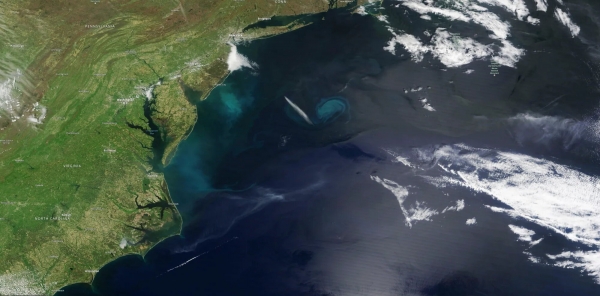Intrusion of saltwater into coastal groundwater can make water there unusable, damage ecosystems, and corrode infrastructure.
Seawater will infiltrate underground freshwater supplies in about three of every four coastal areas around the world by the year 2100, according to a recent study led by researchers at NASA’s Jet Propulsion Laboratory in Southern California. In addition to making water in some coastal aquifers undrinkable and unusable for irrigation, these changes can harm ecosystems and corrode infrastructure.
Called saltwater intrusion, the phenomenon happens below coastlines, where two masses of water naturally hold each other at bay. Rainfall on land replenishes, or recharges, fresh water in coastal aquifers (underground rock and soil that hold water), which tends to flow below ground toward the ocean. Meanwhile, seawater, backed by the pressure of the ocean, tends to push inland. Although there’s some mixing in the transition zone where the two meet, the balance of opposing forces typically keeps the water fresh on one side and salty on the other.
Read more at NASA
Image: Watersheds on the U.S. Eastern Seaboard will be among the areas most affected by underground saltwater intrusion by the year 2100 due to sea level rise and changes in groundwater supplies, according to a NASA-DOD study. NASA’s Terra satellite captured this image on April 21, 2023. (Credit: NASA)
Sci/Tech Top Stories
